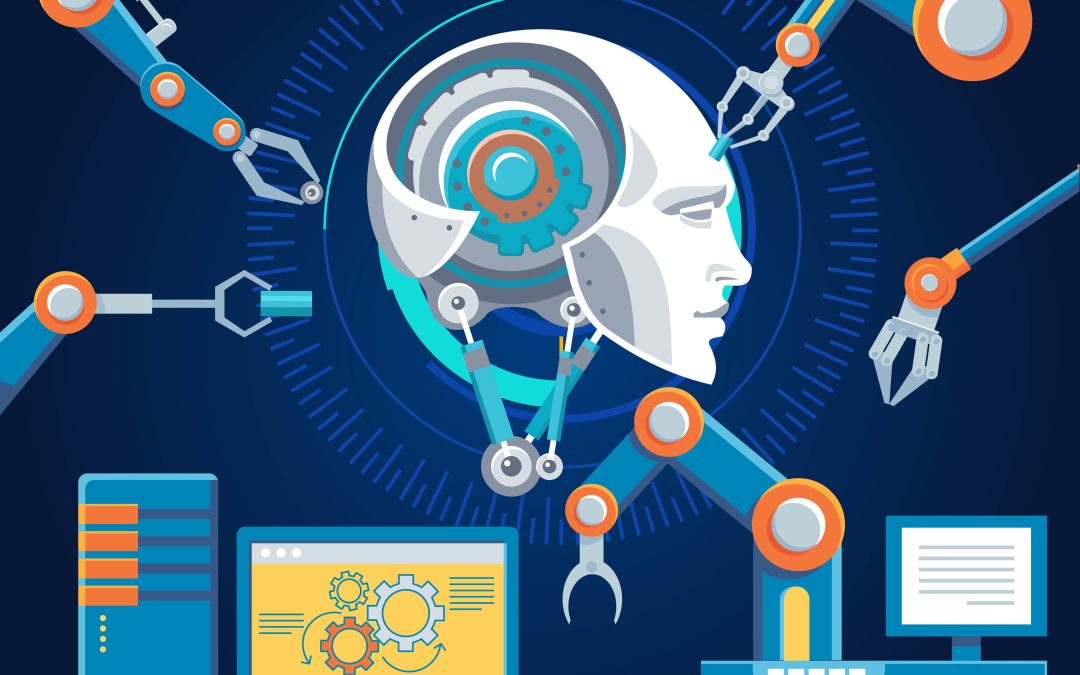As technology continues to evolve remarkably, integrating computing and robotics has become more essential than ever. From self-driving cars to industrial automation and medical robots, computing is the backbone that enables robots to perceive, analyze, and act in dynamic environments. This blog delves into the critical role of computing in modern robotics, exploring how advances in hardware, software, and artificial intelligence (AI) are transforming machines into intelligent, responsive entities.
The Foundation: What Is Computing in Robotics?
Computing, in the context of robotics, refers to the processing power and algorithms that drive robotic systems. It encompasses the hardware (processors, sensors, memory) and software (operating systems, control algorithms, machine learning models) that allow robots to function. At its core, computing enables robots to perform essential tasks such as navigation, object recognition, decision-making, and real-time responses to environmental stimuli.
Without powerful computing systems, robots would be nothing more than mechanical shells. The brain of a robot is its computer, which processes data from various sensors, makes decisions based on pre-programmed instructions or learned experiences, and controls physical movements.
Embedded Systems and Processors
One of the primary aspects of computing in robotics is using embedded systems. These are dedicated computing systems specifically engineered to carry out specialized tasks within a larger overall system. In robots, embedded systems manage specific tasks like controlling motors, processing sensor input, or managing power usage.
Modern robots often have multi-core processors, graphical processing units (GPUs), and digital signal processors (DSPs) to handle complex operations. These powerful computing units enable parallel processing, allowing robots to simultaneously interpret sensor data, plan actions, and execute precise movements.
Sensors and Data Processing
Robots rely on a wide array of sensors to perceive the world around them, including cameras, lidar, ultrasonic sensors, gyroscopes, accelerometers, and more. However, collecting data is just the first step. Computing is essential to interpret and make sense of this information.
Advanced algorithms process sensor data to create a coherent understanding of the environment. For instance, computer vision algorithms analyze images to detect objects, estimate distances, or recognize human gestures. Computing enables robots to convert raw sensor inputs into meaningful actions.
Artificial Intelligence and Machine Learning
One of the most significant impacts of computing in modern robotics is the integration of AI and machine learning. These technologies enable robots to learn from data, adapt to changing environments, and make smart decisions without being explicitly programmed.
Training and running machine learning models demand significant computing power. Robotics applications such as natural language processing, facial recognition, and autonomous navigation rely on sophisticated algorithms running on high-performance computing platforms. As AI models become more complex, the demand for advanced computing hardware continues to grow.
For example, in autonomous vehicles, computing systems must process data from multiple sensors in real-time, recognize objects like pedestrians and other vehicles, predict their movement, and make split-second decisions, all while ensuring safety.
Real-Time Operating Systems (RTOS)
Computing in robotics also involves the use of real-time operating systems, which are essential for time-sensitive applications. Unlike general-purpose operating systems, RTOS ensures that tasks are executed within strict timing constraints. This is critical in applications such as surgical robots or drones, where delays could lead to failure or accidents.
RTOS manages multitasking efficiently, prioritizing tasks that require immediate attention and coordinating various computing processes to maintain optimal performance.
Conclusion
The evolution of modern robotics is inseparable from the progress in computing. Whether it’s through embedded systems, AI, real-time processing, or cloud integration, computing empowers robots to become more autonomous, intelligent, and useful across industries. As computing technology continues to advance, so too will the capabilities of robots, transforming how we live, work, and interact with machines.
From industrial automation to personal assistants and healthcare, computing is driving the evolution of robotics and shaping the future. Investing in robust computing infrastructure and developing smarter algorithms will be key to unlocking the full potential of modern robotics in the years to come.


